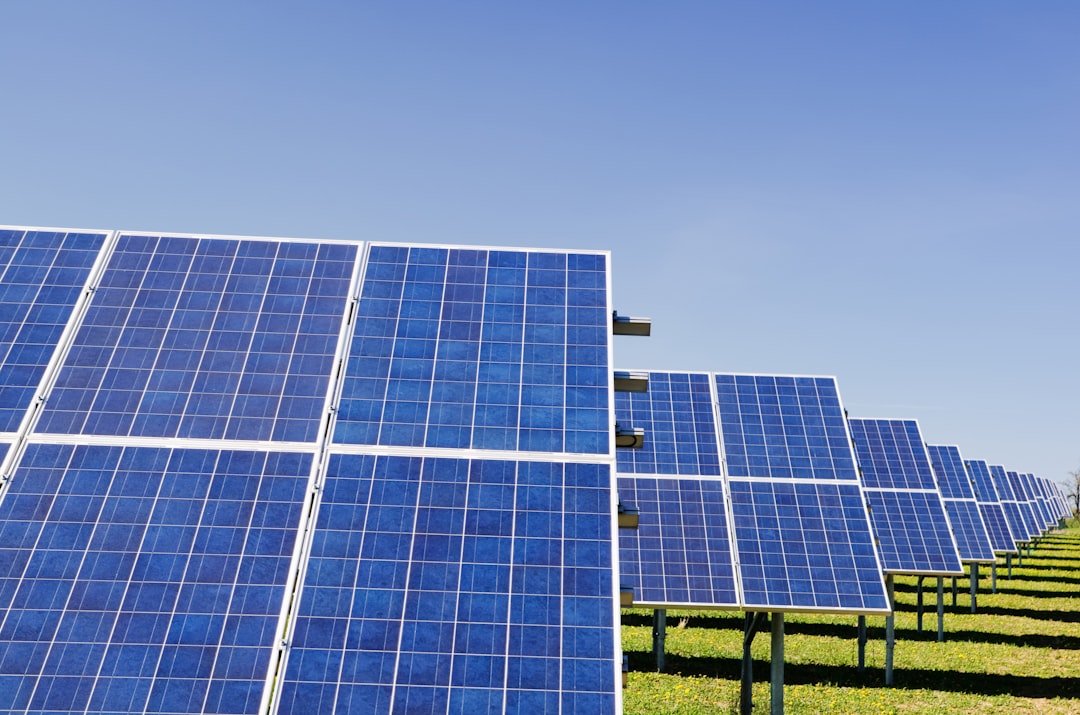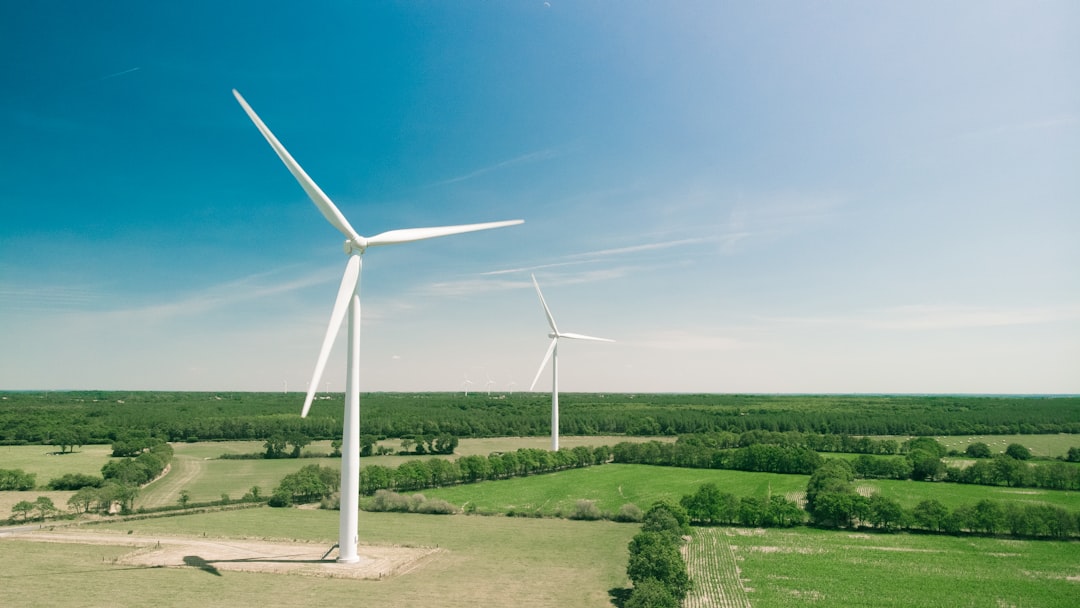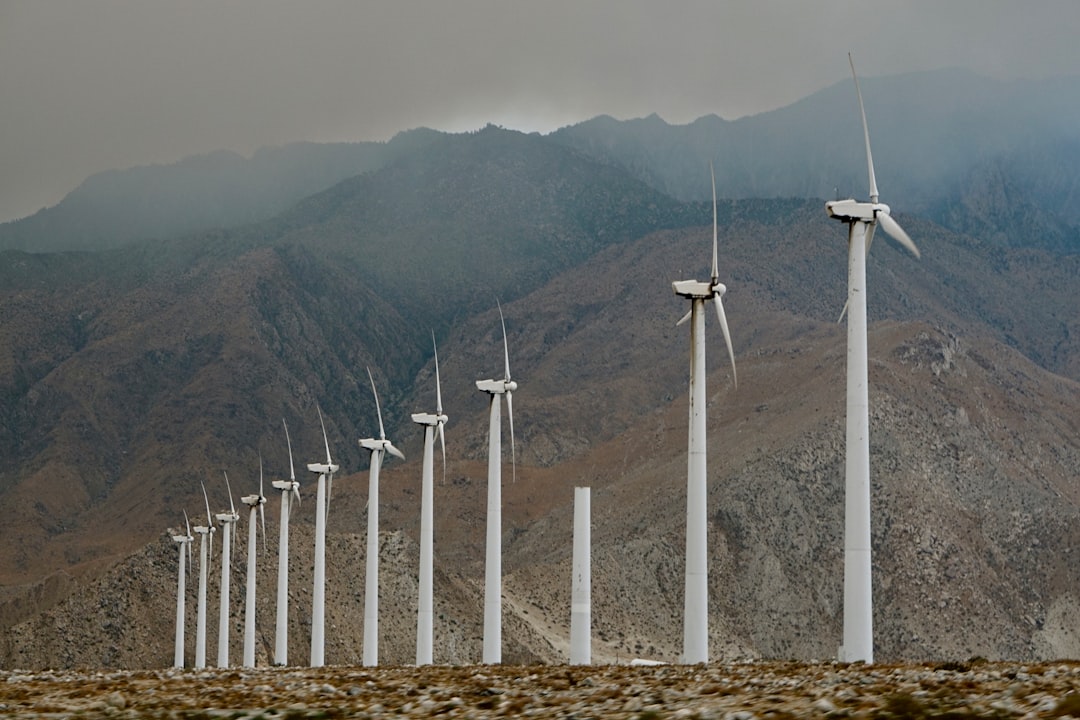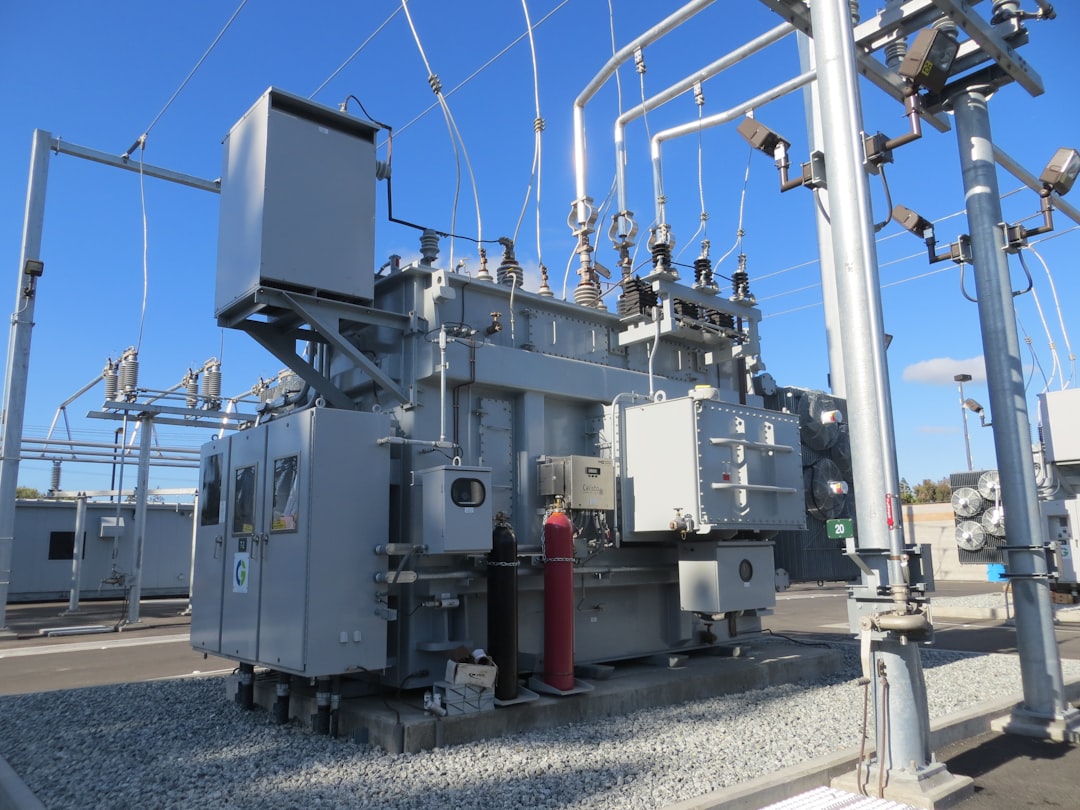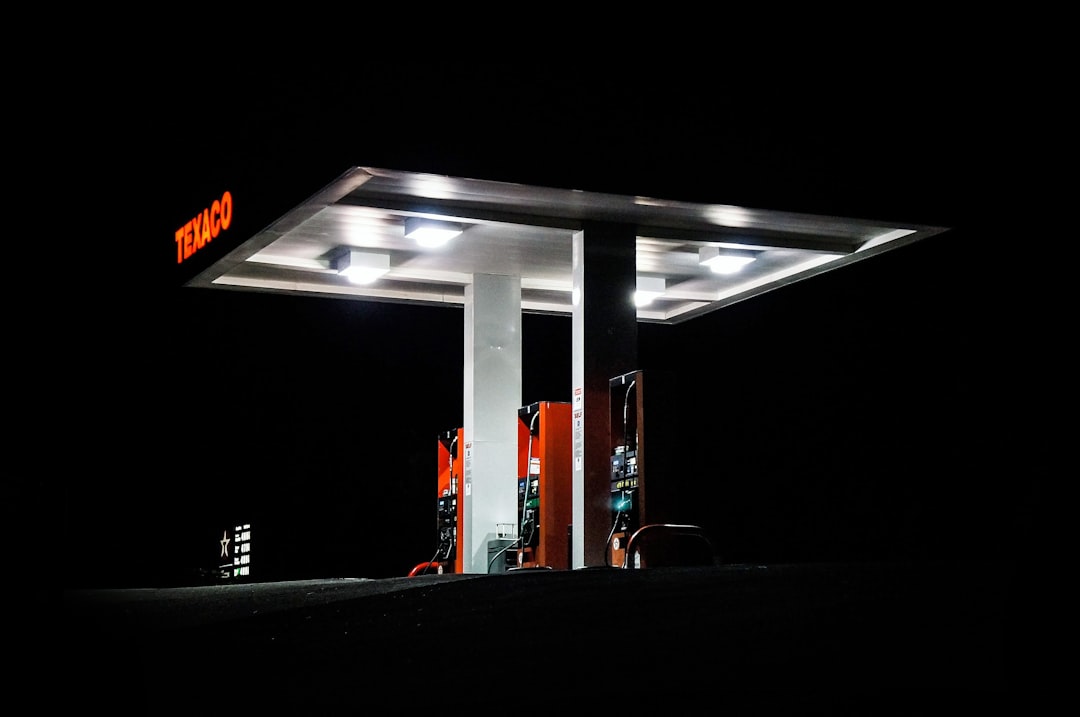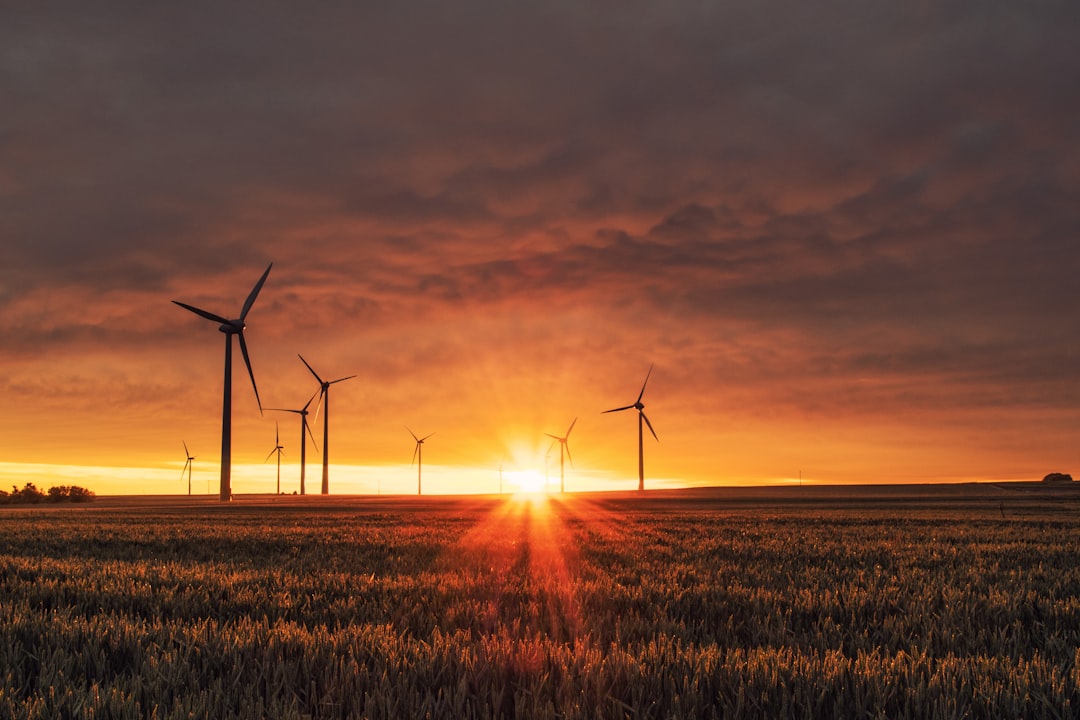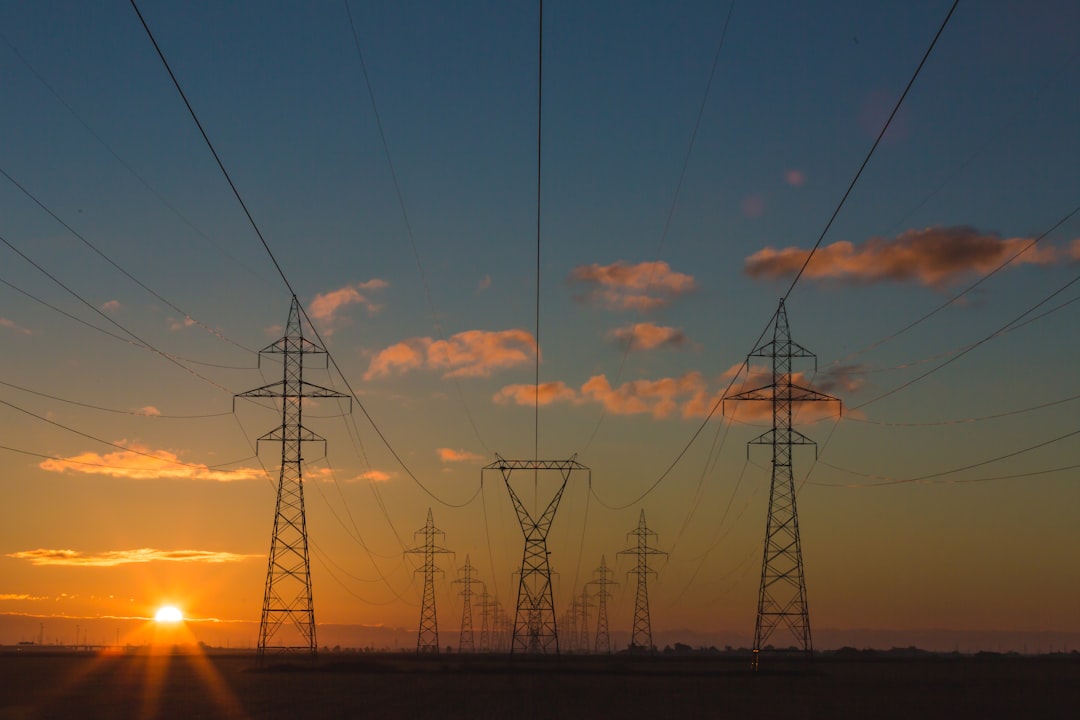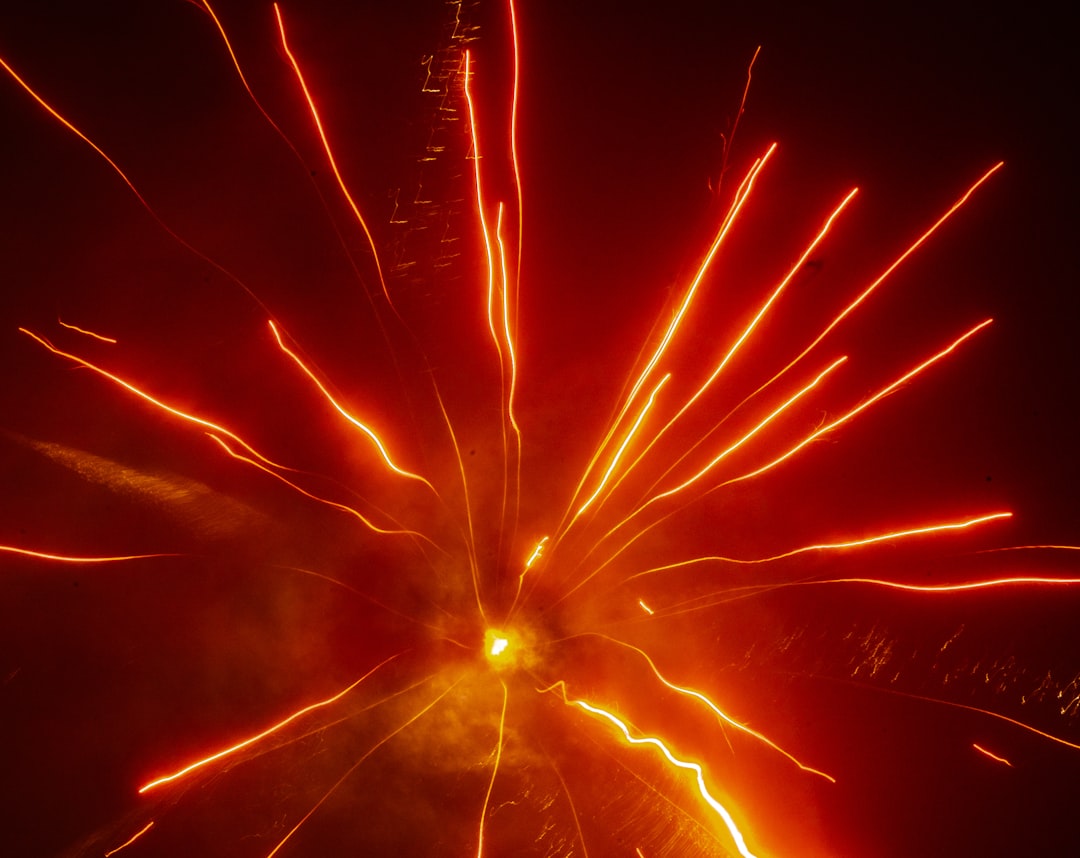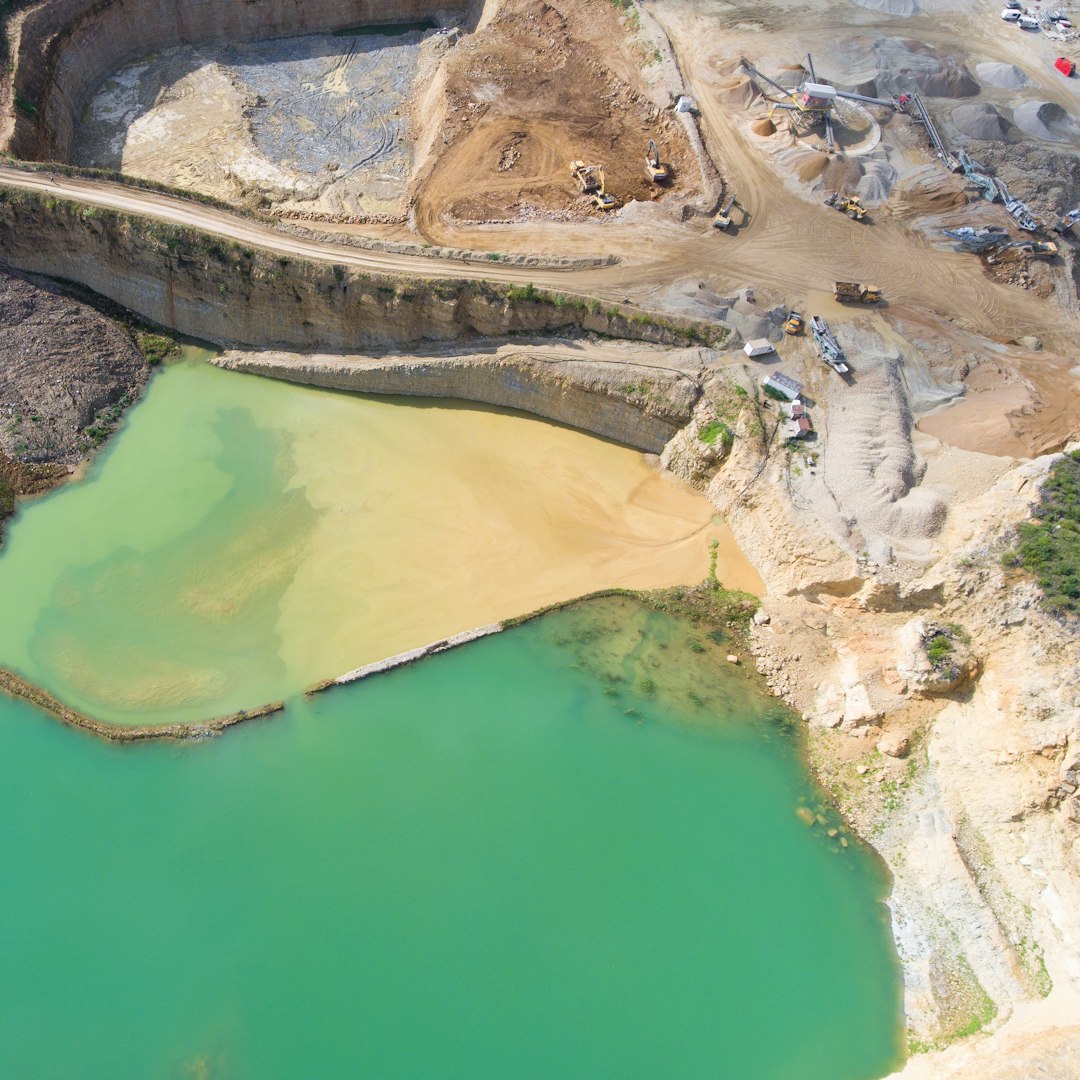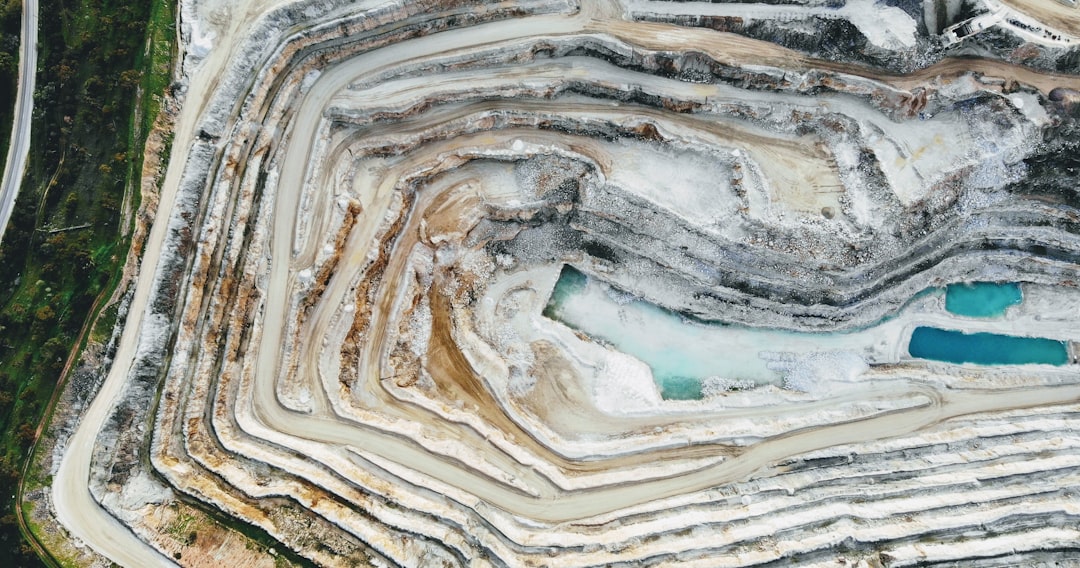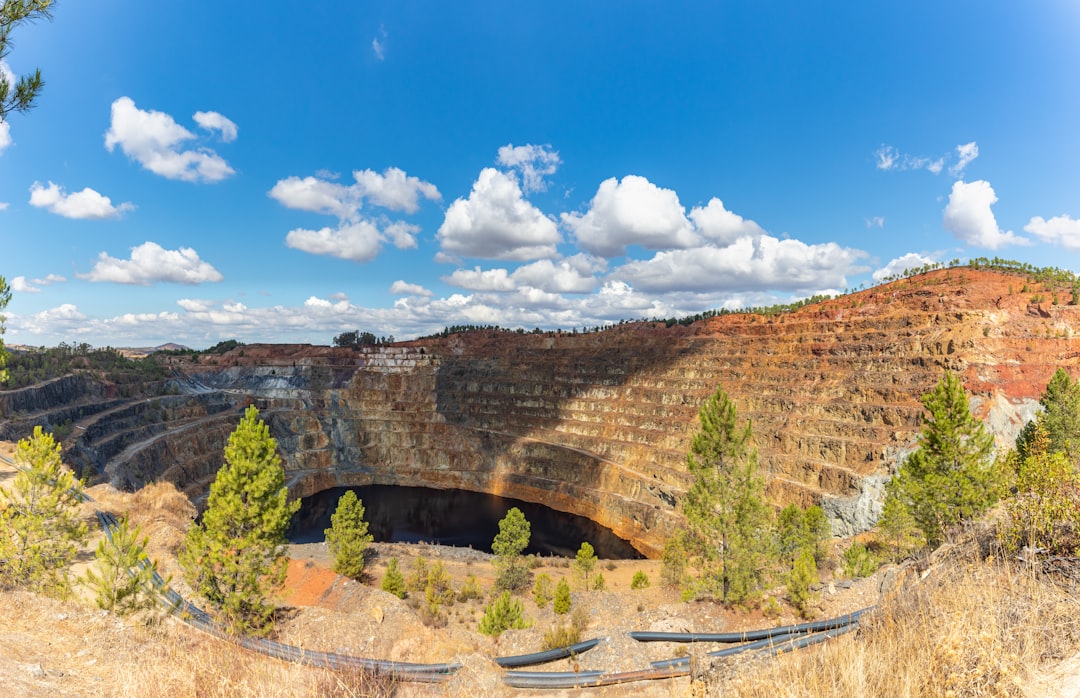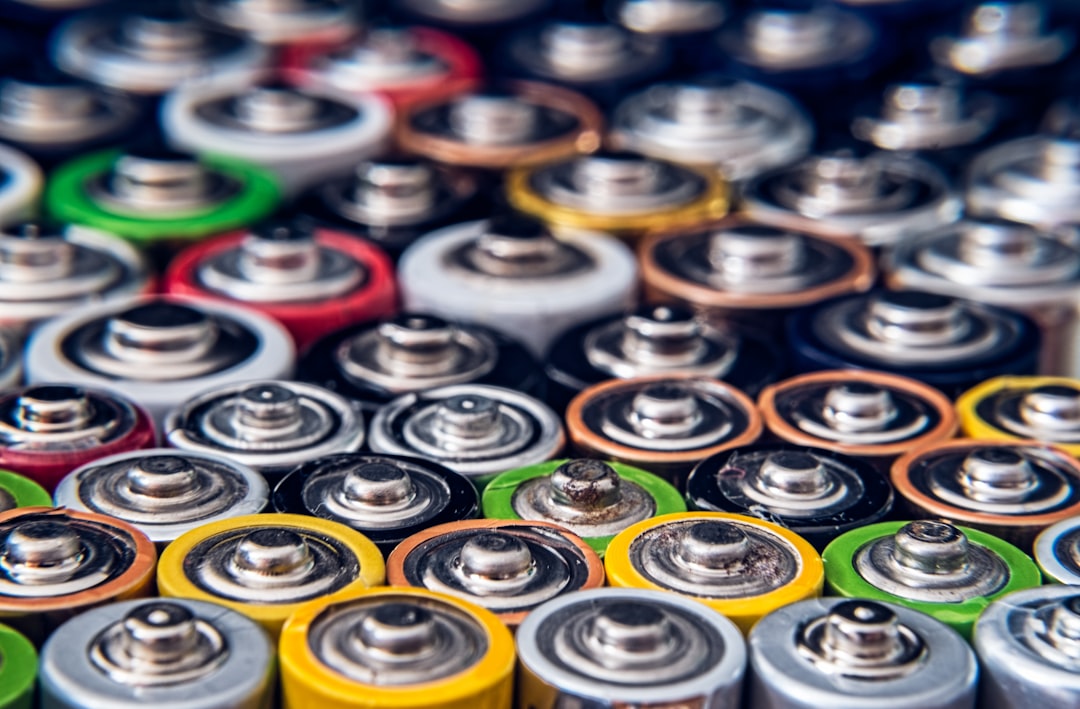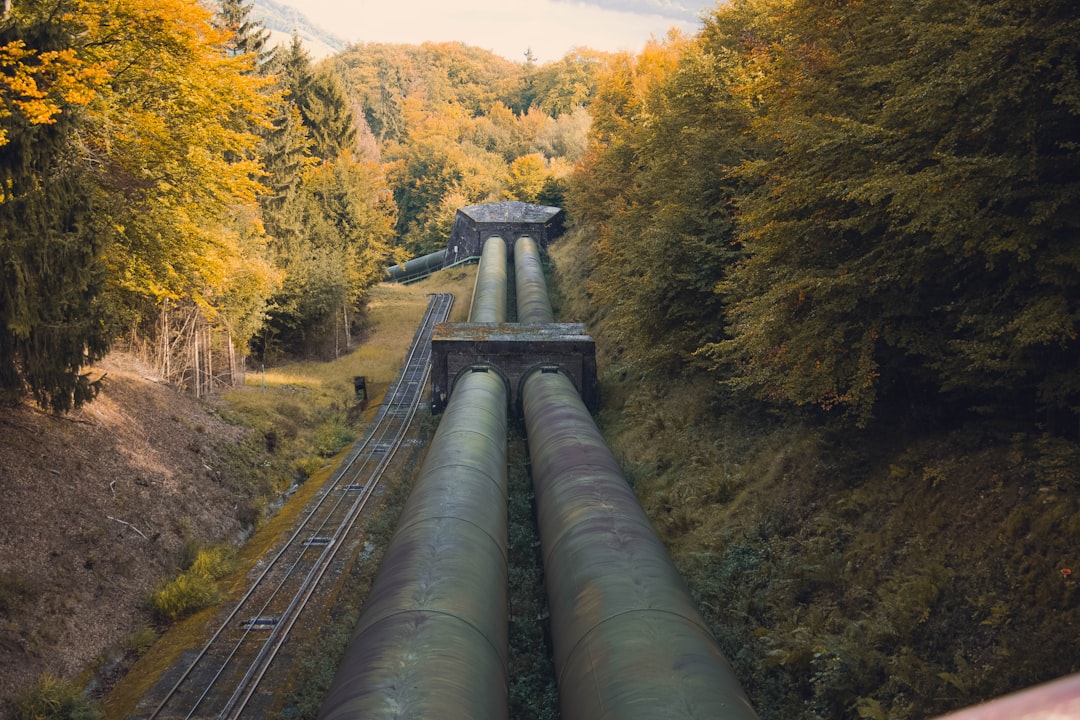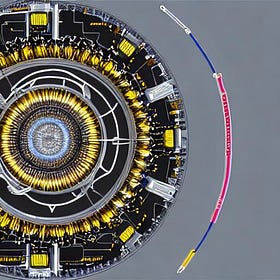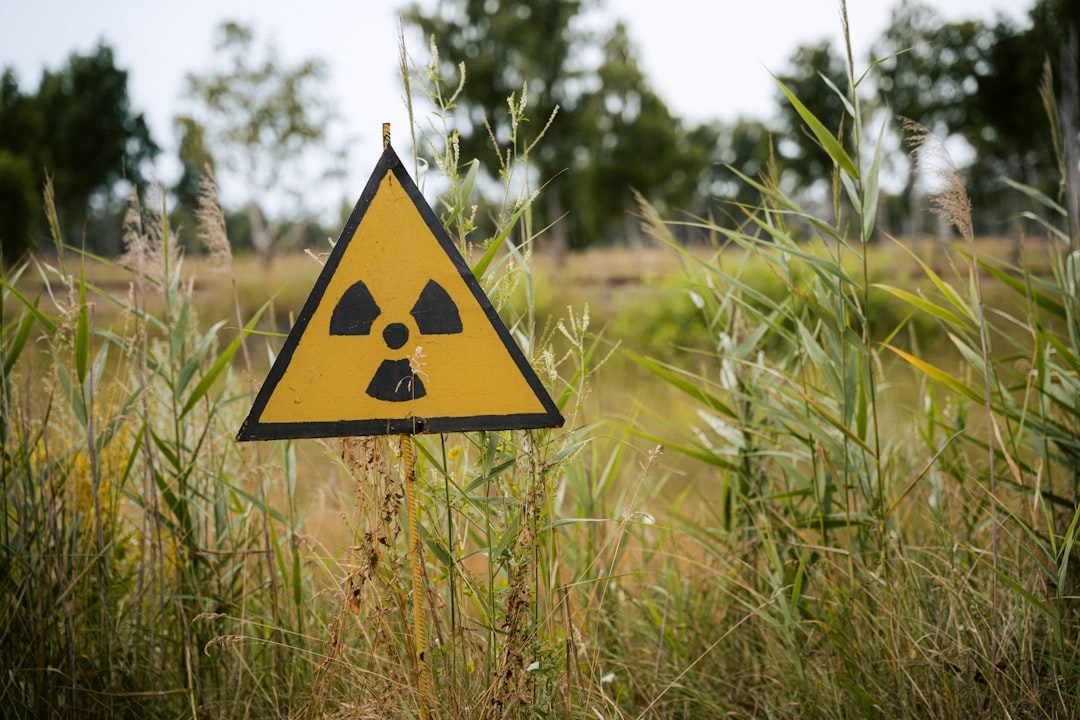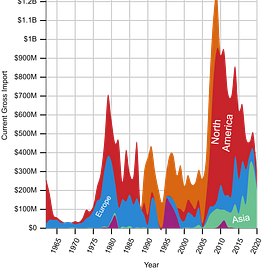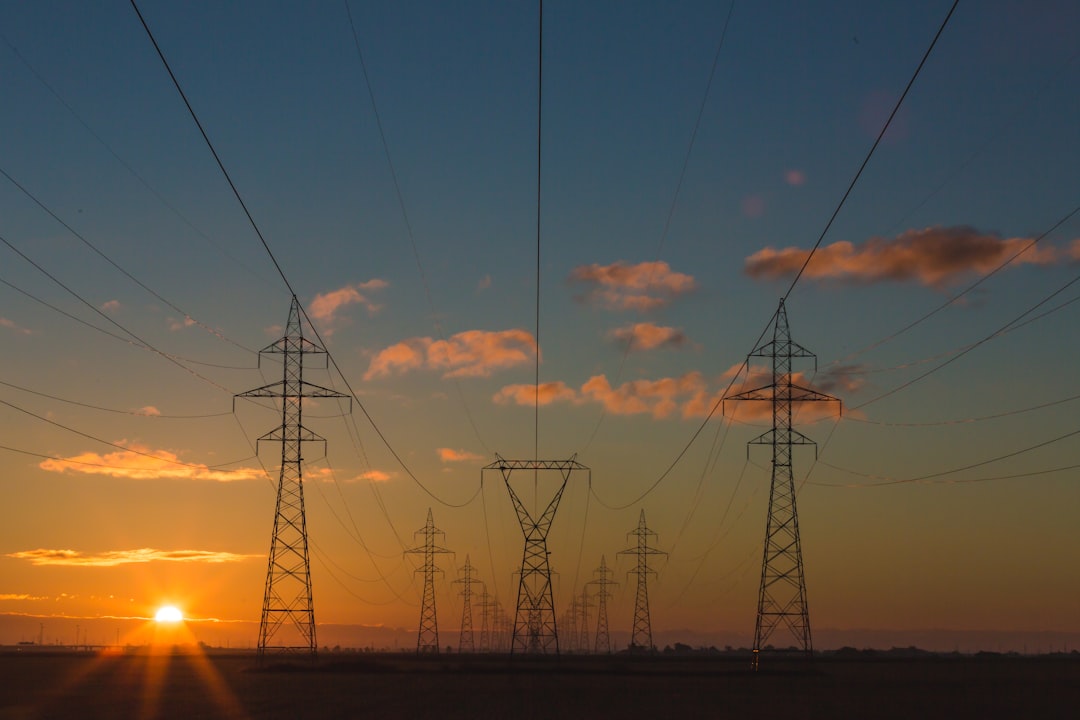Self Sufficiency and Geopolitics
Over the coming decades, I believe five trends will define the direction our world is heading in. Self-sufficiency is one such trend. Access to raw materials and trade will become vital, especially in the clean energy transition. Globalisation will pivot and prioritise friendshoring, not stop completely. We see regions of food and water insecurity, and more young adults are being forever priced out of the housing market by high-interest rates and extortionate home prices when measured versus wages.
This series is released periodically on Thursday.
Masterclasses
Solar Masterclass – Part 1
Contents Introduction Efficiency of Solar Power Multi-Junction/Tandem Cells Thin-Film Cells Perovskite and Bifacial Cells Solar Panels In Space Concluding Remarks
Solar Masterclass – Part 2
Contents Introduction Environmental Impact Affordability Scalability Concluding Remarks
Solar Masterclass - Part 3
Contents Introduction Reliability of Solar Durability of Solar Flexibility of Solar Resource Availability of Solar Concluding Remarks
Solar Masterclass – Part 4
Contents Introduction Adaptability of Solar Safety of Solar Security of Solar Social Acceptance of Solar Regulation of Solar Concluding Remarks
Wind Masterclass - Part 1
Contents Introduction Characteristics of Wind Power – Efficiency, Environmental Impact, Affordability, and Scalability Concluding Remarks
Wind Masterclass – Part 2
Contents 1) Introduction 2) Characteristics – Reliability, Flexibility, and Durability 3) Concluding Remarks
Wind Masterclass – Part 3
Contents Introduction Wind Characteristics – Resource Availability, Adaptability, Safety, Security, Social Acceptance, Regulation, Policy Adherence Concluding Remarks
Geothermal Masterclass
Even more hot rocks. How exciting, right?! Let’s dive deeper into the characteristics of geothermal energy, and the future direction of the industry.Geopolitics Report is a reader-supported publication. To receive new posts and support my work, consider becoming a free or paid subscriber.
Hydrogen Masterclass
Last week, we provided a background on the hydrogen industry, with a specific focus on fuel cells. This week, we’ll explore hydrogen’s role in the energy industry through the key characteristics we have used to explore other energy production or storage methods.
Nuclear Fusion Masterclass
What Is Nuclear Fusion – The Science Nuclear fusion is the process of two light atomic nuclei combining to form a heavier nucleus. This releases energy in the process. Nuclear fusion is the process that powers stars, just like our sun. Its allure is the prediction that it will provide cheap, abundant energy due to the hydrogen used in the reaction. We can find hydrogen all over the place. It is the most abundant element in the universe. Utilising this on a global scale will be one of the biggest innovations the energy sector has ever seen. This won’t be any time soon but let’s dive into nuclear fusion so if we do see nuclear fusion on a global scale, we’ll understand how, and why the pursuit of it as an energy production method is occurring.
Nuclear Fusion and Fossil Fuels Masterclass
The Current Nuclear Scene · Efficiency – Nuclear power plant reactors typically have a thermal efficiency of 33-37%. So one-third of thermal energy is converted into electricity. Other efficiencies to consider are mining techniques, fuel processing, enrichment, and waste management. Breeder reactors are ensuring some nuclear waste can be reused.
Synthetic Fuels Masterclass
Last week, we explored the different types of synthetic fuels and their primary characteristics. I’d recommend reading that piece first as it introduces topics we’ll discuss today. We’re going to explore the underlying characteristics of synthetic fuels, as we have for nuclear fission, nuclear fusion, fossil fuels, and geothermal.
Other Work In The Energy Series:
Energy Resource Availability - Discovering Resources And Their Economic Potential
Resource Mapping and Techno-Economic Potential
Resource Utilisation and Resource Availability
Resource Utilisation Factor and Resource Availability Factor
Energy Reliability - Loss of Load Expectation
Loss of Load Expectation - When Demand Outweighs Supply
Levelized Cost of Energy - Part 1
Contents Introduction What is LCOE? LCOE, Capital Costs, and Renewables Example Concluding Remarks
Energy Consumption Per Capita – Part 6
Contents Introduction Underdeveloped Country Strategies Developing Country Strategies Developed Country Strategies Concluding Remarks
Energy Consumption Per Capita – Part 4
Contents Introduction Exploring Energy Trade Lessons For India The Fight For Global Supply Chains Concluding Remarks
Energy Consumption Per Capita – Part 3
Contents Introduction Developed Example: The United States Maintaining Energy Security: Looking Forward Concluding Remarks
Energy Consumption Per Capita – Part 2
Contents Introduction Developing Example: India How India Became The Powerhouse It Is Today Lessons For Somalia Concluding Remarks
Energy Consumption Per Capita - Part 1
Contents Introduction Energy = Life The Industrial Revolution Underdeveloped Example: Somalia Somalia’s Energy Profile Concluding Remarks
Exergy At Work
Contents Introduction What Is Exergy? Exergy Equations Exergy Efficiency Are These Metrics Useful? Concluding Remarks Glossary
Energy Quality Returned On Energy Quality Invested (EQREI) - Part 1
Contents Introduction What Is Energy Quality EQREI Wind Turbine Example Concluding Remarks
Mathematical Efficiency of Solar Power – The Atacama Desert
Contents Introduction Conversion Efficiency Capacity Factor Conversion Efficiency Calculation Comparison To UK Solar Cells Testing Assumptions Concluding Remarks
Mathematical Efficiency of Solar Power
Contents Introduction Conversion Efficiency Capacity Factor Conversion Efficiency Calculation Overall Efficiency Concluding Remarks
Power and Energy Metrics
Contents Introduction Efficiency Metrics and Characteristics Affordability Metrics and Characteristics Environmental Impact Metrics and Characteristics Reliability Metrics and Characteristics Durability Metrics and Characteristics Flexibility Metrics and Characteristics
Cheap, Abundant Energy, Forever Again?
Contents 1. Introduction 2. Why Wind Power is Back 3. Why Solar Power Is Back 4. Concluding Remarks
The Costs of a Circular Battery Economy
Contents Introduction The Costs of a Circular Battery Economy Concluding Remarks
The Circular Battery Economy
Contents Introduction What Is The Circular Battery Economy Repair, Repurpose, and Recycle Regulation and Policy Concluding Remarks
Innovative Energy Storage
Contents Introduction Use of Batteries Secondary Cells and Rechargeable Batteries Properties of Batteries Future of Batteries Concluding Remarks
Plugged In Or Priced Out?
Contents Introduction Cost of Lithium and Adoption of EVs EV Charging You Will Own Nothing Concluding Remarks
The Geopolitics of Lithium
Contents 1) Introduction 2) Imports 3) Exports 4) Reducing Lithium Supply Chain Disruptions 5) Mitigating General Supply Chain Impacts 6) Concluding Remarks
Direct Lithium Extraction
Contents Lithium Innovation Direct Lithium Extraction DLE - What Is It? Electrodialysis Lithium Ion-Exchange Advantages of DLE Disadvantages of DLE Concluding RemarksGeopolitics Explained is a reader-supported publication. To receive new posts and support my work, consider becoming a free or paid subscriber.
Digging For Dollars
Contents Introduction New Mines and Operations: Nevada New Mining Process Issues Other Major Sources of Lithium Recently Discovered Concluding Remarks
The Problems With Forecasting
Contents Introduction Growth Rates: Demand and Production Capacity Analysis and Problems With My Forecast A Generalisation of Forecasts Concluding Remarks
Napkin Mathematics: Lithium
Contents Lithium Production Production Capacity Lithium Reserves Lithium Demand Assumptions Mid-Forecast Best-Case Forecast Worst-Case Forecast Concluding RemarksGeopolitics Explained is a reader-supported publication. To receive new posts and support my work, consider becoming a free or paid subscriber.
Beneath The Surface
Contents The Current Largest Lithium Mining Projects Open-Pit vs Brine Extraction Concluding Remarks Last week we explored the biggest Lithium companies in the world, now I’ll explore the largest mines and different lithium mining methods.Geopolitics Explained is a reader-supported publication. To receive new posts and support my work, consider becoming a f…
Power Players
Contents Biggest Lithium Companies In The World Data Results - Correlation Between Lithium Price and Stock Prices Hypotheses and Analysis Lithium Producers vs Tesla Correlation Technical Analysis Concluding Remarks This week, I’ll stay on the topic of lithium and dive into the largest lithium-involved companies in the world. This is partly because I had fun la…
Driving Factors
These are the kinds of case studies I will include in the final collective piece I release covering my work on energy. I’d already been working on this one so decided to release it now.Geopolitics Explained is a reader-supported publication. To receive new posts and support my work, consider becoming a free or paid subscriber.
Charging Through History
Often in our technological world, we take batteries for granted. The rich history unfolding over millennia brought us to our present day, but the story of human ingenuity and innovation is one worth telling before we consider the all-important future of battery technology.
The Future of Energy: The Characteristics of Hydrogen
Last week, we provided a background on the hydrogen industry, with a specific focus on fuel cells. This week, we’ll explore hydrogen’s role in the energy industry through the key characteristics we have used to explore other energy production or storage methods.
The Future of Energy: Hydrogen – Energy Storage, Not Energy Production
We often mistake hydrogen as an energy production method. It is not. It is an energy storage method, an aspect of the energy industry that is also important as we move towards cleaner energy.Geopolitics Explained is a reader-supported publication. To receive new posts and support my work, consider becoming a free or paid subscriber.
The Future of Energy: Synthetic Fuels vs Electric Vehicles
We spent the last two weeks exploring synthetic fuels, their development through history, and where we are now. But for such a promising industry, in which direction it heads in the future is of vital importance. Since synthetic fuels are an innovative industry at its current stage, most of the innovation is occurring in topics we’ve already discussed in…
The Future of Energy: More Synthetic Fuels, Electrofuels, and Carbon Capture
Last week, we explored the different types of synthetic fuels and their primary characteristics. I’d recommend reading that piece first as it introduces topics we’ll discuss today. We’re going to explore the underlying characteristics of synthetic fuels, as we have for nuclear fission, nuclear fusion, fossil fuels, and geothermal.
The Future of Energy: Synthetic Fuels, Electrofuels, and Carbon Capture
As we heavily pursue a future of electric vehicles, do we have alternatives? Today, I’ll begin by discussing synthetic fuels, which are liquid or gaseous fuels produced by not using fossil fuels such as gasoline, diesel, or natural gas. On the surface, this sounds great. The number of rare earths and raw materials needed to transform heating systems, th…
The Future of Energy: More Hot Rocks
Even more hot rocks. How exciting, right?! Let’s dive deeper into the characteristics of geothermal energy, and the future direction of the industry.Geopolitics Report is a reader-supported publication. To receive new posts and support my work, consider becoming a free or paid subscriber.
The Future of Energy: Rocks Are Hot
Geothermal How Does It Work? Geothermal energy uses the heat of the Earth’s crust to produce energy. The natural heat of the Earth originates from the radioactive decay of certain radioactive isotopes which release heat in the form of radiation. Some heat also continues to be released from the formation of Earth billions of years ago.
The Future of Energy: Cheap, Abundant Energy, Forever?
What Is Nuclear Fusion – The Science Nuclear fusion is the process of two light atomic nuclei combining to form a heavier nucleus. This releases energy in the process. Nuclear fusion is the process that powers stars, just like our sun. Its allure is the prediction that it will provide cheap, abundant energy due to the hydrogen used in the reaction. We can…
The Future of Energy: Where is Nuclear Fission Heading?
What would cheap, abundant energy enable us to do? Explore the frontier of space. Discover other life in the universe? Live forever? End poverty and world hunger? Or is it a pipedream? Over the next few weeks, I’ll discuss the energy sources that we will see in the future and their characteristics. Will these energy production methods provide us with chea…
The Future of Energy: Damaged Ecosystems (Part 1)
The energy transition to cleaner sources has been botched and should have started 40 years ago. Why 40 years ago? Was the problem noticeable then? The rate of warming since 1981 is 0.18C per decade. Prior to this, between 1880 and 1980, the Earth was warming at an average of 0.08C per decade.
REPOST: The Nuclear Fuel Cycle
I decided to break down the Nuclear Fuel Cycle, and the case for Nuclear as an energy source and investment. The nuclear fuel cycle is the process that turns uranium (or other elements?) into electricity. One key aspect of the fuel cycle is where this uranium comes from. Uranium is found quite abundantly in the Earth’s crust. It can be found in most rock…
The Present: Energy – Part 5
Populations, Density, and Energy For me, this is the reason why China and Russia will continue to gain power and influence in Africa. Through the Belt and Road Initiative, China builds infrastructure in other countries and then benefits from loan repayments and capital flows as it partly owns the infrastructure. 52 African countries have signed up. Afric…
The Present: Energy – Part 4 – Nuclear vs Fossil Fuels
The Current Nuclear Scene · Efficiency – Nuclear power plant reactors typically have a thermal efficiency of 33-37%. So one-third of thermal energy is converted into electricity. Other efficiencies to consider are mining techniques, fuel processing, enrichment, and waste management. Breeder reactors are ensuring some nuclear waste can be reused.
The Present: Energy – Part 3
Case Study: Norway, Iceland, and Germany Both Norway and Iceland show how taking advantage of your environment can prove rewarding in energy production and security.Thanks for reading Geopolitics Report! Subscribe for free to receive new posts and support my work.
The Present: Energy – Part 2
We Have A Clear Problem - What Is Holding Us Back From Solving It? The key aspect holding us back in the clean energy transition is governments can’t accept it won’t happen overnight. Joe Biden has aggressively attacked fossil fuel companies. They’ve been underfunded for years and have caused the energy crisis we will soon find ourselves in. But the unde…
The Present: Energy – Part 1
After diving into history, it's time to focus on the most important time, the present. Specifically, the present-day energy industry. Sections Key Criteria For Evaluating Energy Production Methods Climate Change – ESG The Religion – What Is Holding Us Back
The History of Energy - Part 2
1) Mayor Players and The Role of the SPR 2) Nuclear Energy 3) Key Geopolitical Trends In The Energy Markets 4) Energy Crises of the Past 5) Concluding RemarksThanks for reading Geopolitics Report! Subscribe for free to receive new posts and support my work.
The History of Energy - Part 1
Sidenote: I wrote quite a lot on this topic, and rather than expect anybody to read it all in one sitting, I’ll just release it in two parts. Part 2 will be out next Thursday. Sections: 1) Introduction - The History of Different Sources of Energy 2) Fossil Fuels
Is Money Really A Necessity?
Sections Maslow’s Hierarchy of Needs Money vs Currency The Evolution of Money History of Global Reserve Currencies Can Currencies Become Overstretched? Types of Currency The Power of Money Concluding RemarksThanks for reading Geopolitics Report! Subscribe for free to receive new posts and support my work.
The Future of Our Necessities
As the work I’ve been doing on game theory leaves the station, another equally interesting topic arrives. Self-sufficiency. Of nations, and of individuals like me and you. In a fragmented world, how can we fend for ourselves? In a connected world, how can we protect ourselves from potential future fragmentation? What aspects of modern life are important?



